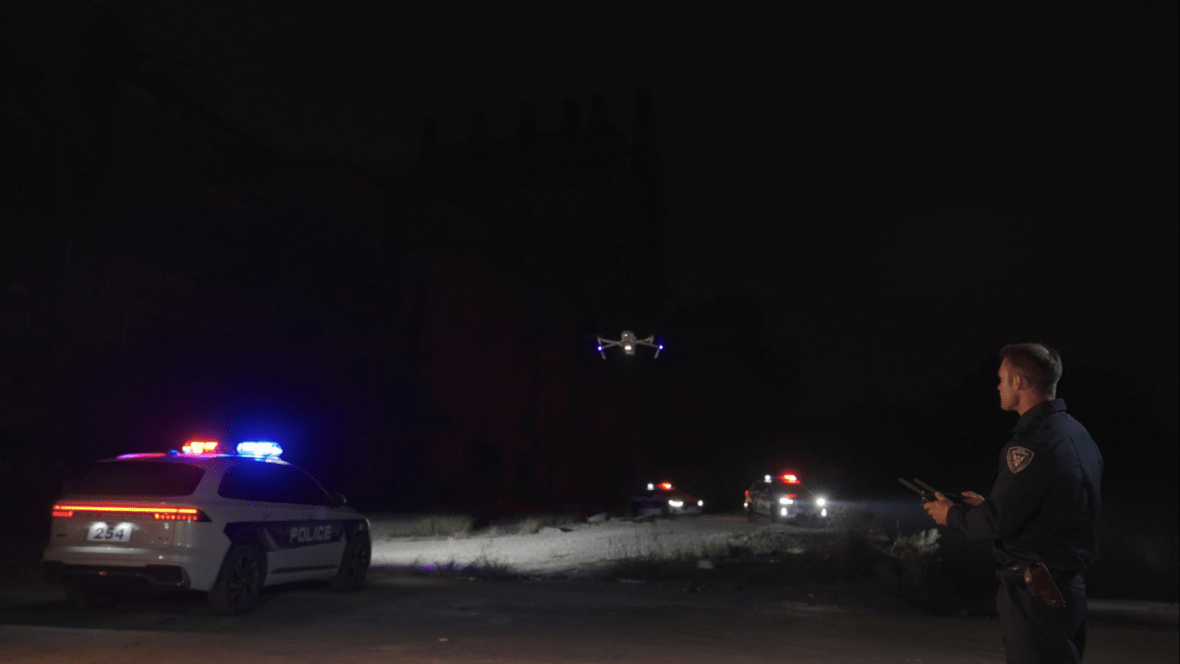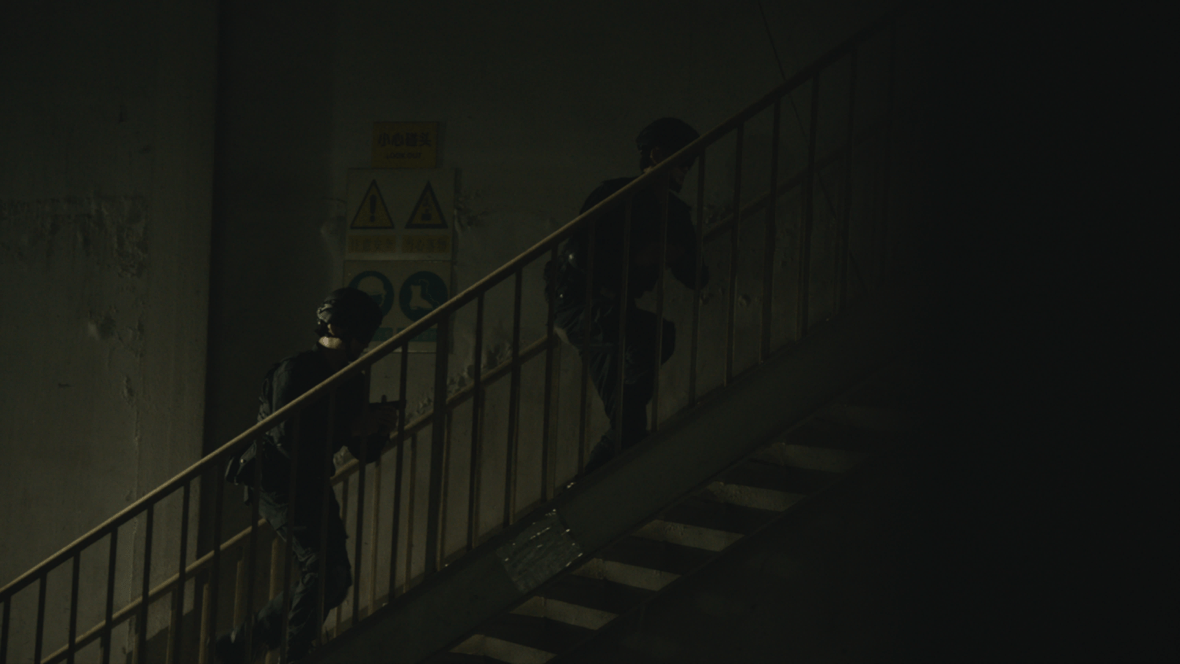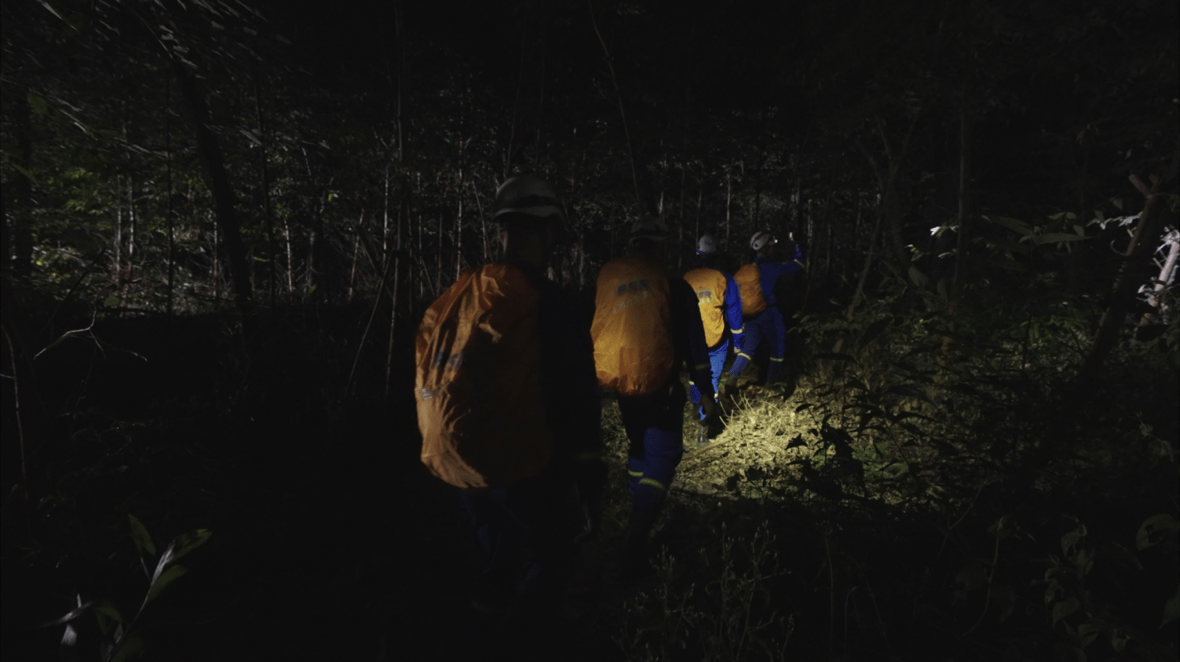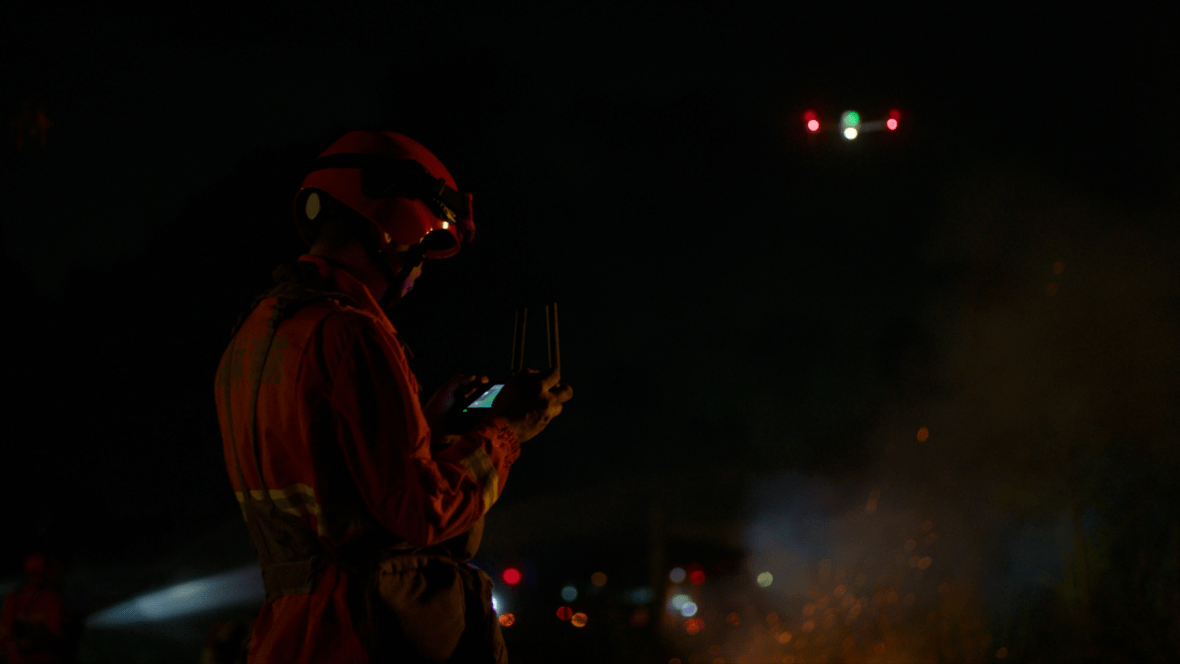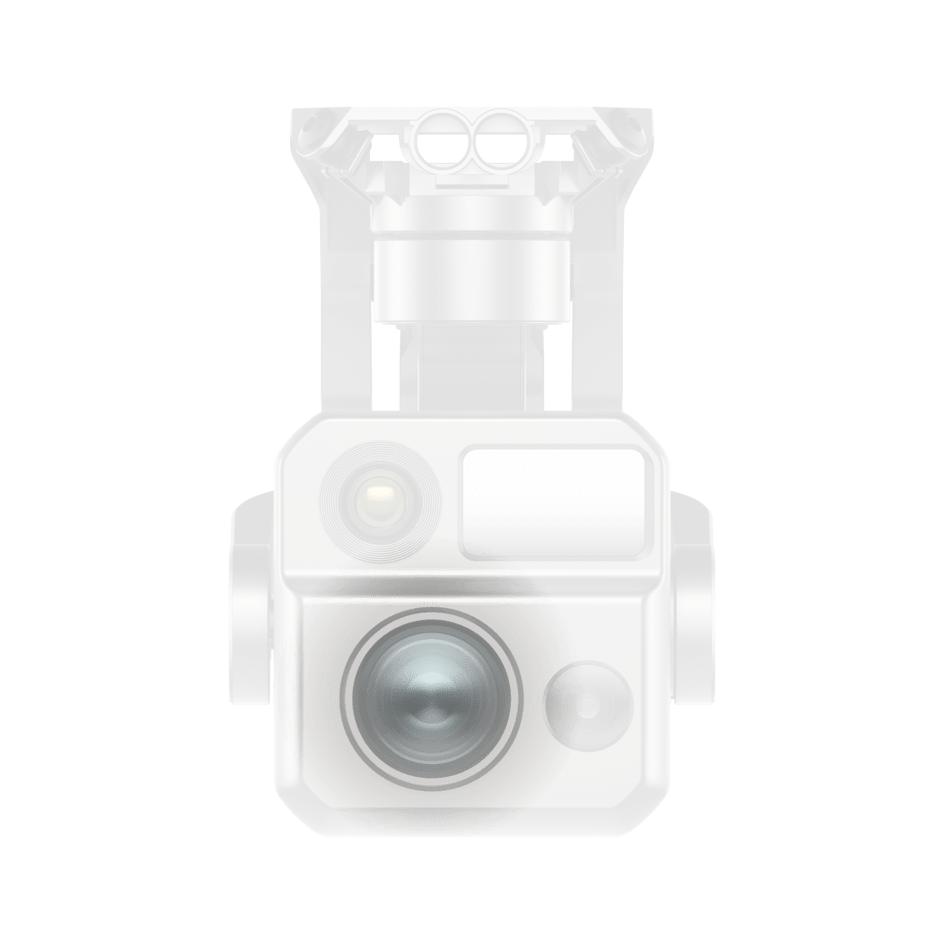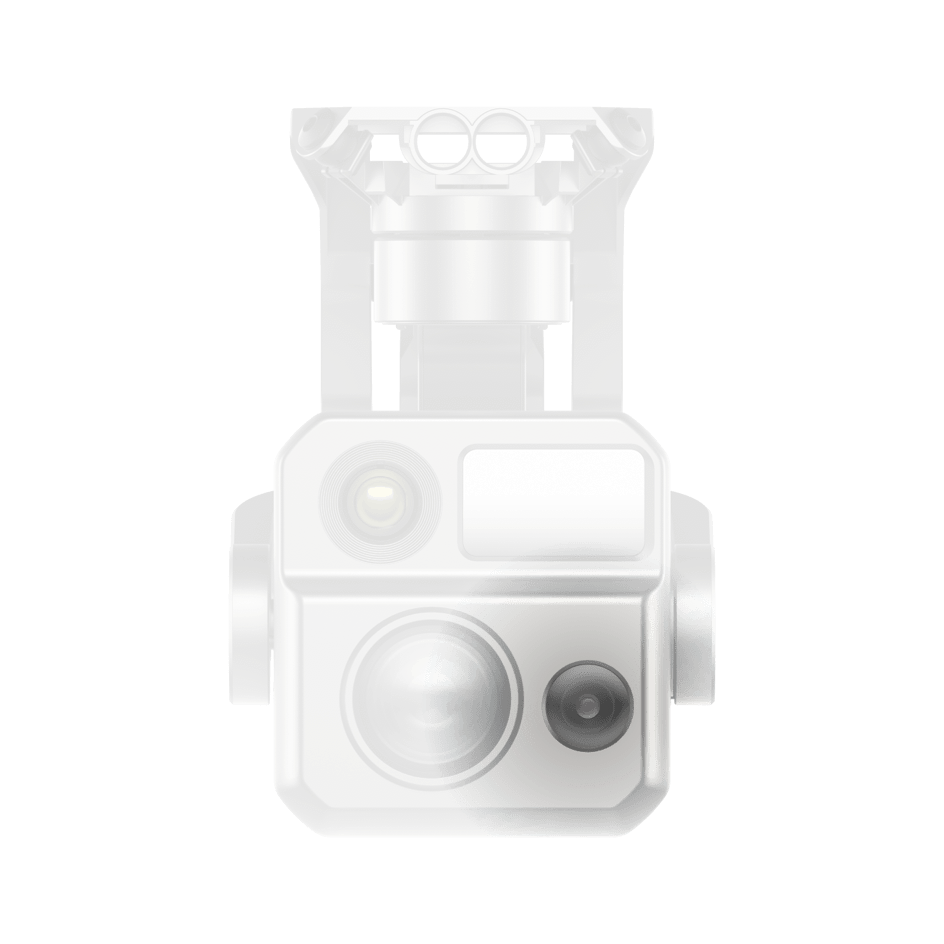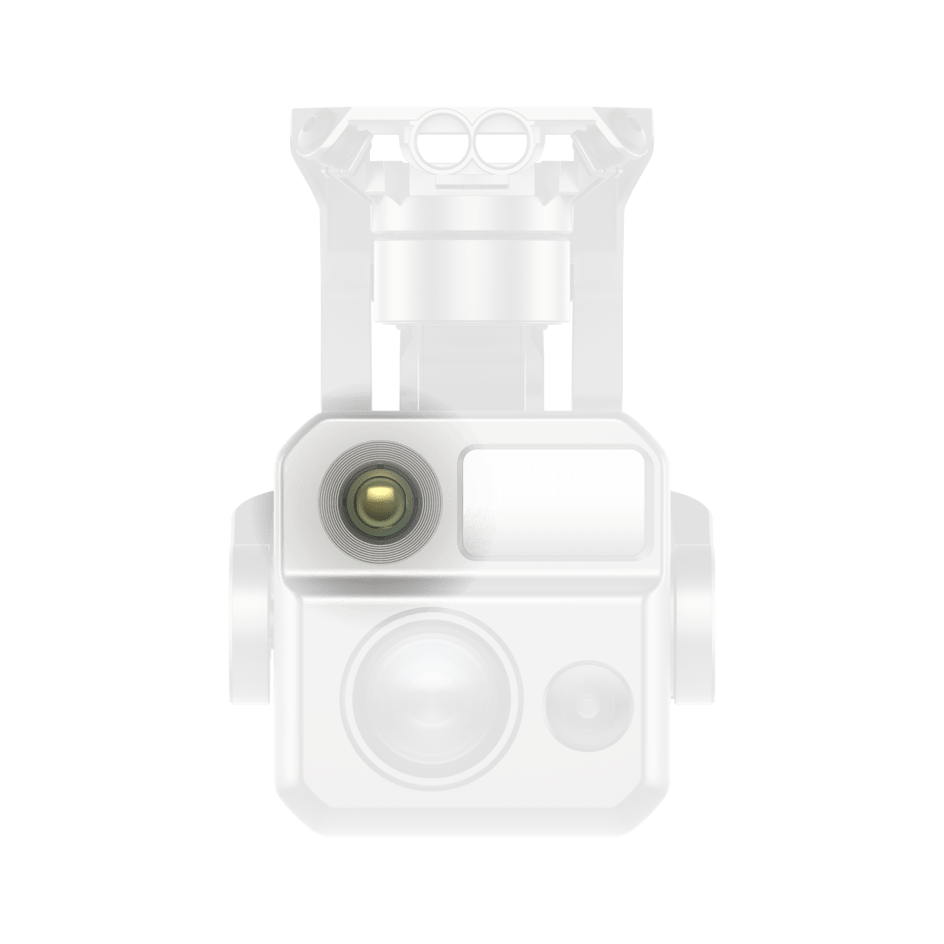EVO Max 4N
The Max 4N combines best-in-class night time starlight vision camera with the advanced capabilities of the Max series UAV platform for advanced nightime operations.

No Blind Spots

Superior Anti-
Interference Capability

High-Precision Visual Navigation

A-Mesh
Networking

Starlight Vision
Camera

5 km Night Vision
Reconnaissance

AI Target Recognition

Hot-Swappable Battery

15 km
Transmission Range

42 min
Max. Flight Time
Explore the Night

Unlock New Night Time Capability

No Blind Spots
Ultimate Obstacle Avoidance
The EVO Max series is the commercial drone that combines traditional binocular vision systems with millimeter wave radar technology. This allows the onboard Autel Autonomy Engine to perceive objects down to 0.5 inches, eliminating blind spots and enabling operation in low light or rainy conditions.
Anti Interference
The EVO Max 4N uses advanced flight control modules and algorithms that can identify flight control interference signals and satellite positioning interference signals. This enables the EVO Max 4N to fly confidently near power lines, critical structures, and in complex areas.
A-Mesh Networking Solution
EVO Max series features the new A-Mesh system, enabling drone-to-drone autonomous communication, connection, and collaboration.
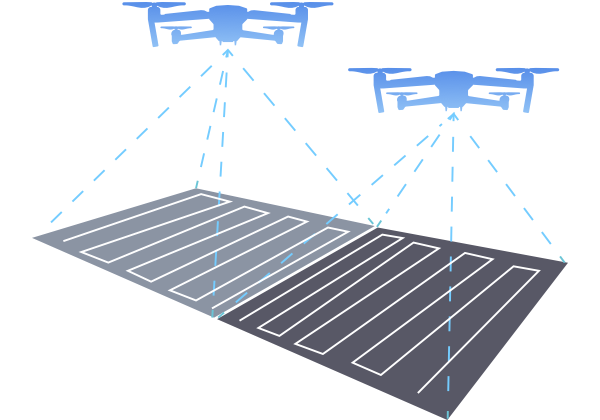
Zonal Operations
Supports dual-controller operation with two aircraft, enabling zonal UAV missions to enhance flight efficiency. It also allows collaborative obstacle avoidance between networked UAVs, ensuring flight safety.
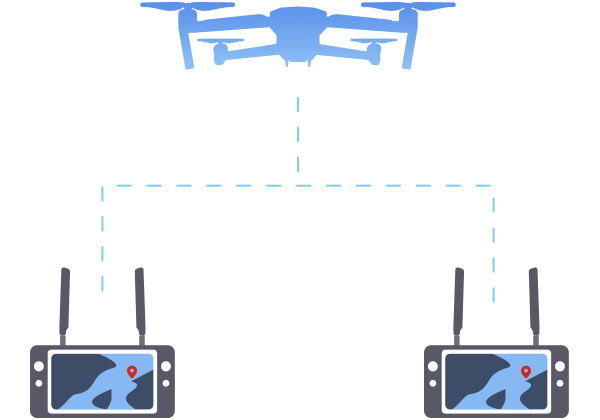
Information Sharing
Within the network, both remote controllers can simultaneously view the UAV’s live feed. The AI target recognition function used on the primary remote controller is also synchronized on the secondary remote controller. Additionally, both controllers support PinPoint positioning.
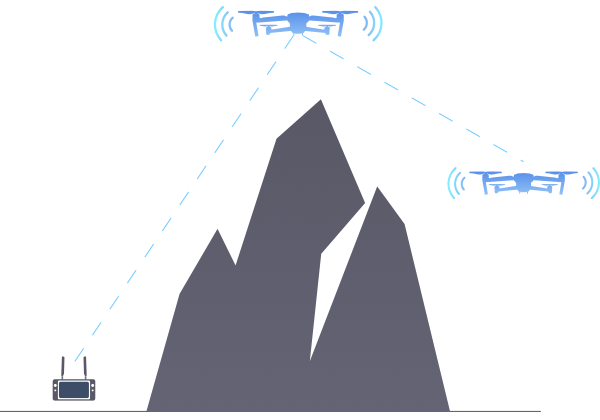
Relay Operations
In scenarios with signal obstructions or weak signals, such as mountainous terrain or remote areas, a UAV can be rapidly deployed as a mobile relay communication node, providing reliable signal support for another mission UAV operating at a distant location, effectively expanding communication coverage.
Applications
